Research
-

This resource describes whiteflies and the damages they cause in cucurbit crops, and offers recommendations for cucurbit crop varieties for fall season production in southern Georgia that are resistant or tolerant to silverleaf disorder and whitefly-transmitted viruses.
Nirmala Acharya, Ted McAvoy, Sudeep Bag, and David G Riley
|
-
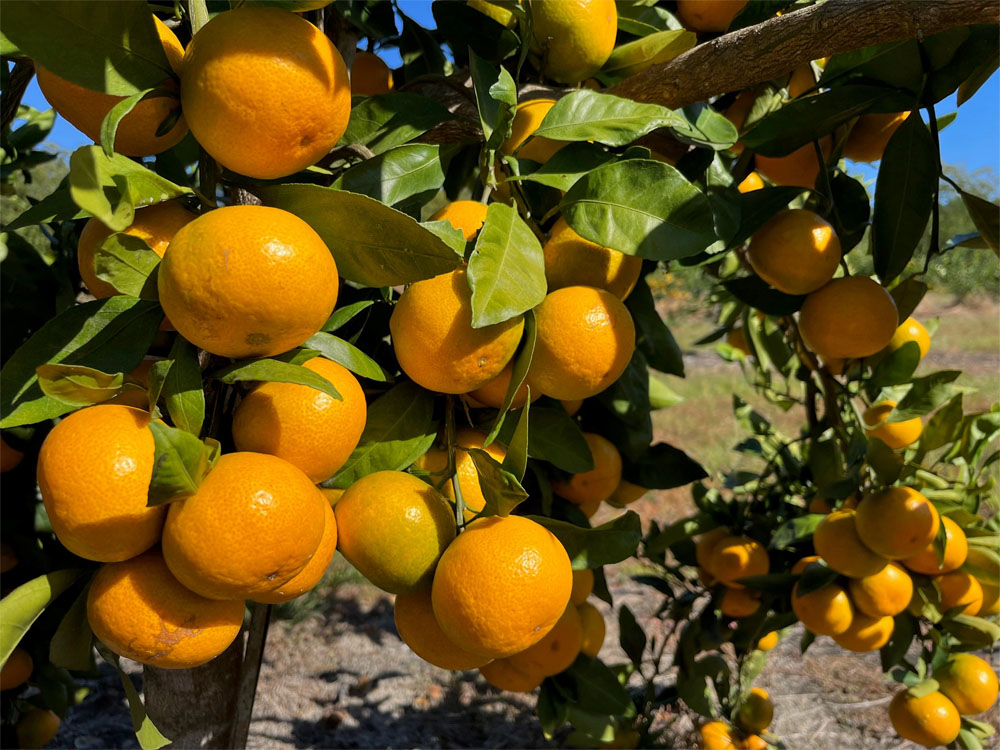
Satsumas are one of the most cold-hardy of all citrus and very adaptable to Georgia, but very little is known about growing citrus in Georgia. Commercial growers and residents often ask which early-maturing varieties are best to grow, so we evaluated juice from 12 early-maturing satsuma varieties. The varieties with the highest Brix content and best peel color are listed in this resource.
Jake Price, Mary Sutton, Joshua Dawson, and Jacob Kalina
|
-
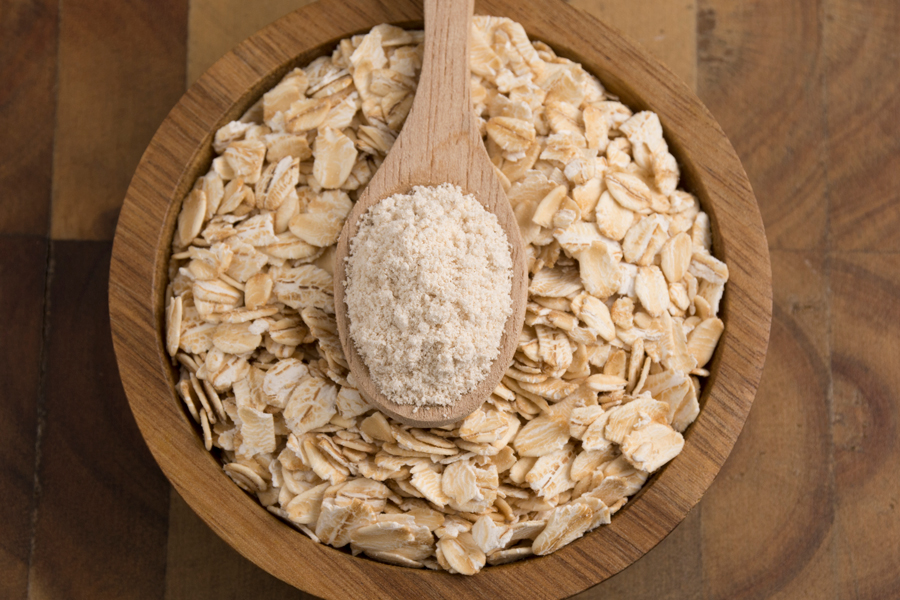
Oat okara, the nutritious byproduct of oat milk processing, is rich in protein and dietary fiber. Current practices often discard okara or use it as animal feed. Produced in large quantities, it represents not only a sustainability challenge but also a significant economic opportunity. With potential applications in food fortification and as a cost-effective ingredient in baked goods, snacks, and more, utilizing oat okara can reduce waste and add value to the production chain. Unlocking its potential benefits both the environment and the food industry.
Hualu Zhou and Anthony Stevanus Suryamiharja
|
-
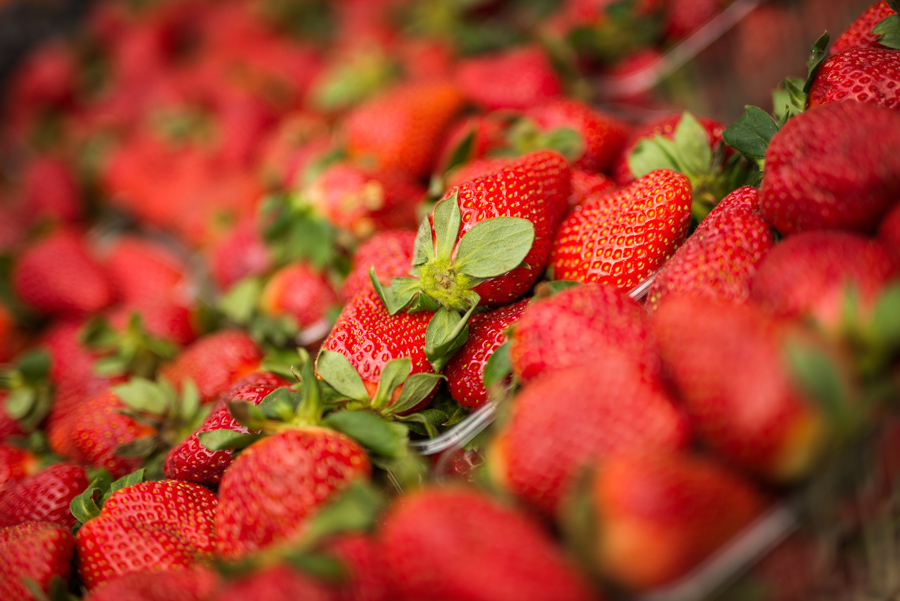
This publication reports on a strawberry variety trial to help commercial producers choose a variety or varieties best suited to the South Georgia climate while maximizing quality and yield. Based upon the field portion of this study, the highest yielding varieties also had the best storage life: ‘Camino Real’, ‘Strawberry Festival’, and ‘Camarosa’. Fruits were assessed on a variety of parameters, described in detail below.
Joshua Dawson, Angelos Deltsidis, Ramsey Corn, Erick Smith, and Camille McAvoy
|
-
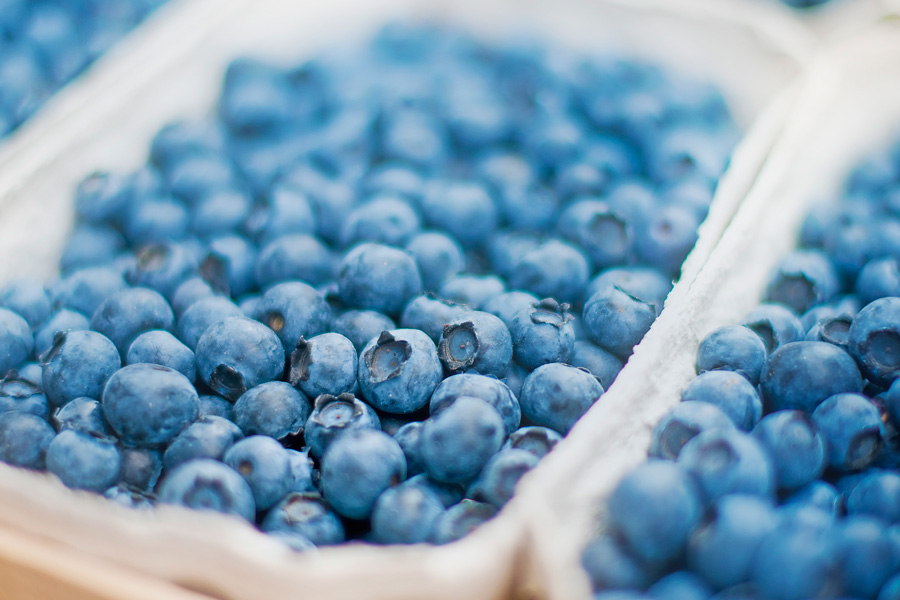
A grower survey was carried out in January 2023 during the annual blueberry update event held in Alma, Georgia. Survey responses were collected from 26 growers from eight Georgia counties. The results indicated the cultivar preference of south Georgia growers and major production constraints of blueberry production in southeast Georgia.
Ye (Juliet) Chu and Zack Williams
|
-

Perfluoroalkyl and polyfluoroalkyl substances (PFAS) are a group of more than 9,000 manmade chemicals that have been in use worldwide since 1940, primarily in industry and numerous commercial and consumer products. The widespread use of PFAS for the past several decades has raised concerns due to their persistence, bioaccumulative nature, and potential adverse health effects. This publication provides information about the background, uses, and environmental and human health consequences of PFAS chemicals, as well as the EPA’s primary drinking water regulation standards and water treatment systems for removal/reduction of these chemicals from drinking water. Testing options and PFAS monitoring efforts by the Georgia EPD are included along with references for further reading.
Gary L. Hawkins, Pamela R. Turner, and Uttam K. Saha
|
-

This report provides research and extension results for trials conducted by the University of Georgia Vegetable Team and its collaborators in 2024. Contributing authors include county and regional faculty as well as specialists from UGA’s horticulture, plant pathology, crop and soil sciences, and entomology departments. All research has been supported by the Georgia Commodity Commission for Vegetables.
Timothy Coolong and Ted McAvoy
|
-
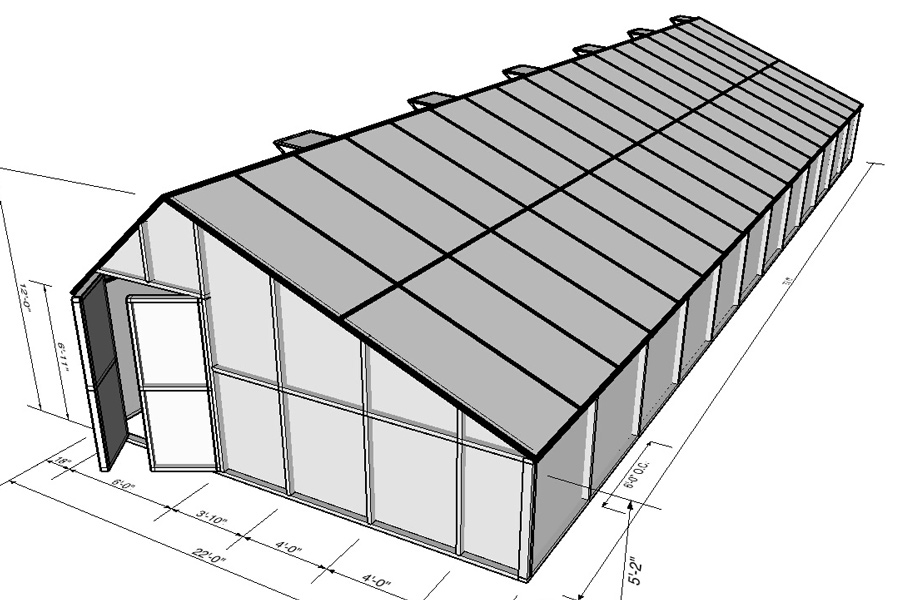
This publication describes how a passive solar greenhouse was constructed using an earthen wall and water barrels for heat retention. The benefits and potential pitfalls of such a structure are discussed. Additional authors include Alexandra Williams, Syngenta, U.S.A, and Krista Jacobsen, Department of Horticulture, University of Kentucky.
Timothy Coolong
|
-

High levels of dust in cage-free poultry house air can carry airborne microorganisms and endotoxins that, once inhaled, may trigger respiratory diseases in animals and/or their caretakers. Mitigating dust levels is imperative to protecting the health and well-being of the animals and their caretakers and improving the environmental stewardship of cage-free layer farms. Studies have concluded that good manure management and proper ventilation can alleviate dust problems. Mitigation strategies have various levels of effectiveness, but some are cost prohibitive. Selecting the right dust control strategy should consider poultry types, housing design, local climate, and litter/bedding management strategies.
Casey W. Ritz and Lilong Chai
|